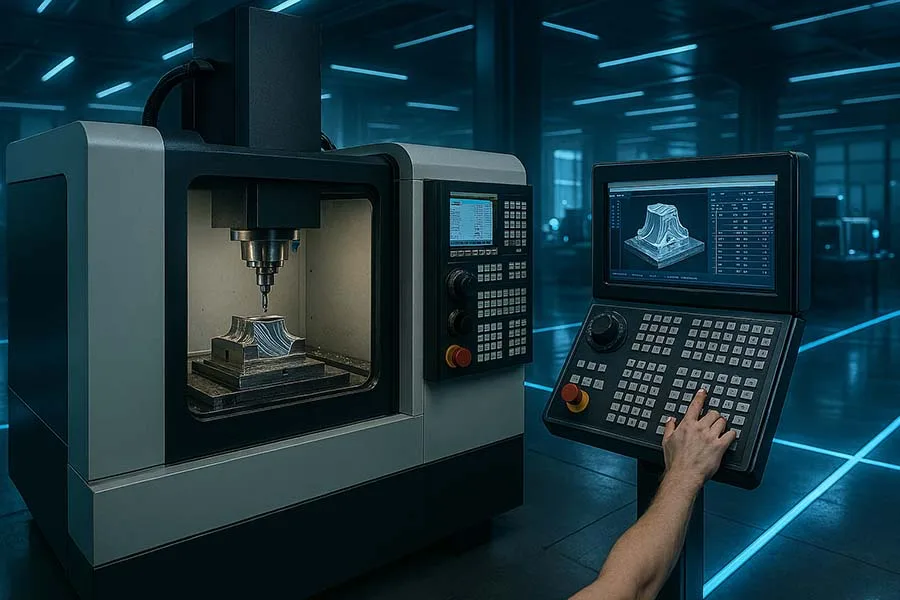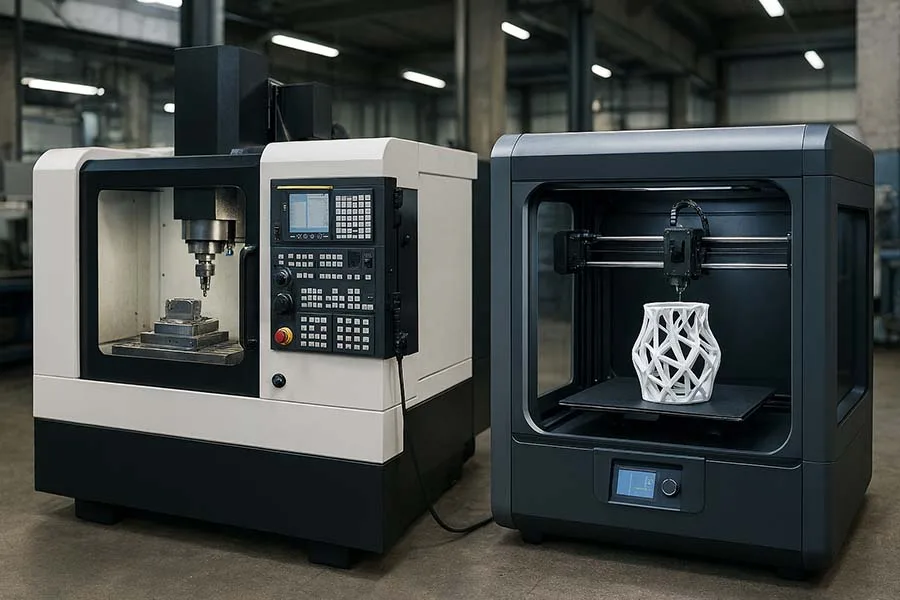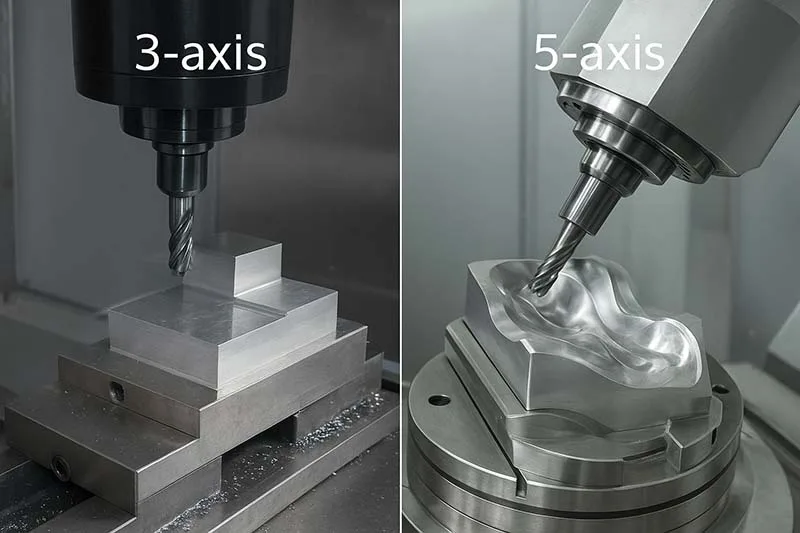CNC Machining Challenges & Innovations
CNC machining has revolutionized manufacturing, offering unprecedented precision, flexibility, and efficiency. However, like any advanced technology, it comes with its own set of challenges. At the same time, ongoing innovations continue to reshape the field, offering solutions to long-standing problems and opening new possibilities for manufacturers worldwide.
This guide provides a comprehensive overview of CNC machining challenges and innovations, and serves as a gateway to in-depth articles covering specific issues and solutions. Whether you’re a CNC operator, engineer, or industry decision-maker, this page will help you navigate the evolving landscape of modern machining.
CNC Machining: The Backbone of Modern Manufacturing
Explore the full CNC Machining knowledge hub—where each subcluster dives deep into a specific area of expertise. From buying guides and brand comparisons to training, safety, and troubleshooting, this is your complete resource for mastering CNC. Navigate seamlessly between topics and build your understanding with precision.
1. Common CNC Machining Challenges
Every manufacturing process has its hurdles, and CNC machining is no exception. From equipment downtime and tooling wear to precision limits and operational costs, manufacturers must understand the common obstacles to optimize performance.
2. Cybersecurity in CNC Environments
As CNC machines become more connected through Industry 4.0 technologies, cybersecurity emerges as a critical concern. Protecting intellectual property, preventing operational disruptions, and safeguarding data integrity are now integral to modern CNC operations.
3. Sustainability and Energy Efficiency in CNC
Environmental impact and energy consumption are increasingly important in modern manufacturing. CNC machining innovations focus on reducing waste, optimizing energy use, and implementing sustainable practices without compromising productivity or quality.
4. CNC vs 3D Printing: Complement or Competition?
Additive manufacturing and CNC machining often intersect in modern production. Understanding how these technologies complement—or compete with—each other helps manufacturers make strategic choices and optimize production workflows.
5. Overcoming the Skills Gap in CNC Operations
The CNC industry is facing a growing skills gap, with a need for trained operators who can effectivelymanage increasingly complex machinery. Innovative training methods, digital tools, and workforce strategies are helping bridge this gap and future-proof operations.
Why This Matters
Understanding the intersection of challenges and innovations in CNC machining empowers manufacturers to:
- Reduce downtime and operational risk
- Improve efficiency and sustainability
- Make informed decisions on technology adoption
- Train and retain a skilled workforce
By staying informed and proactive, companies can leverage CNC machining to its full potential, navigating challenges while embracing innovation.





